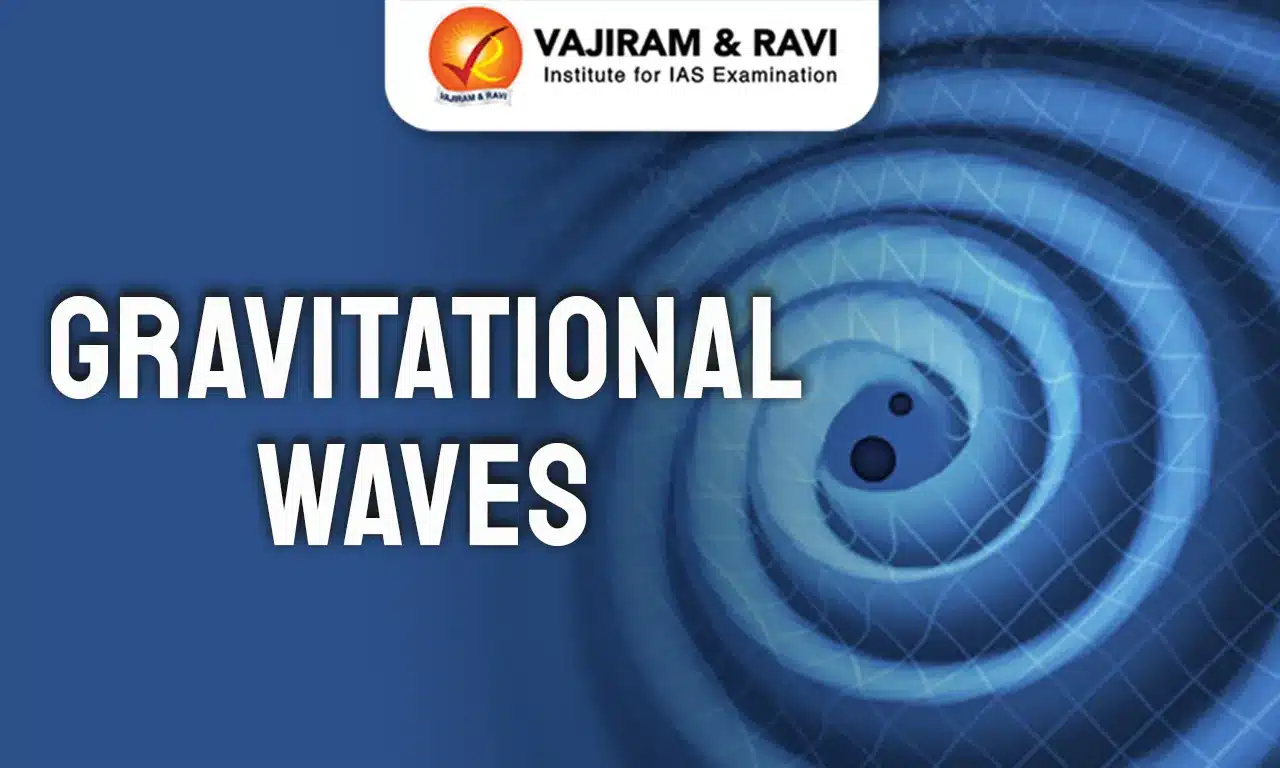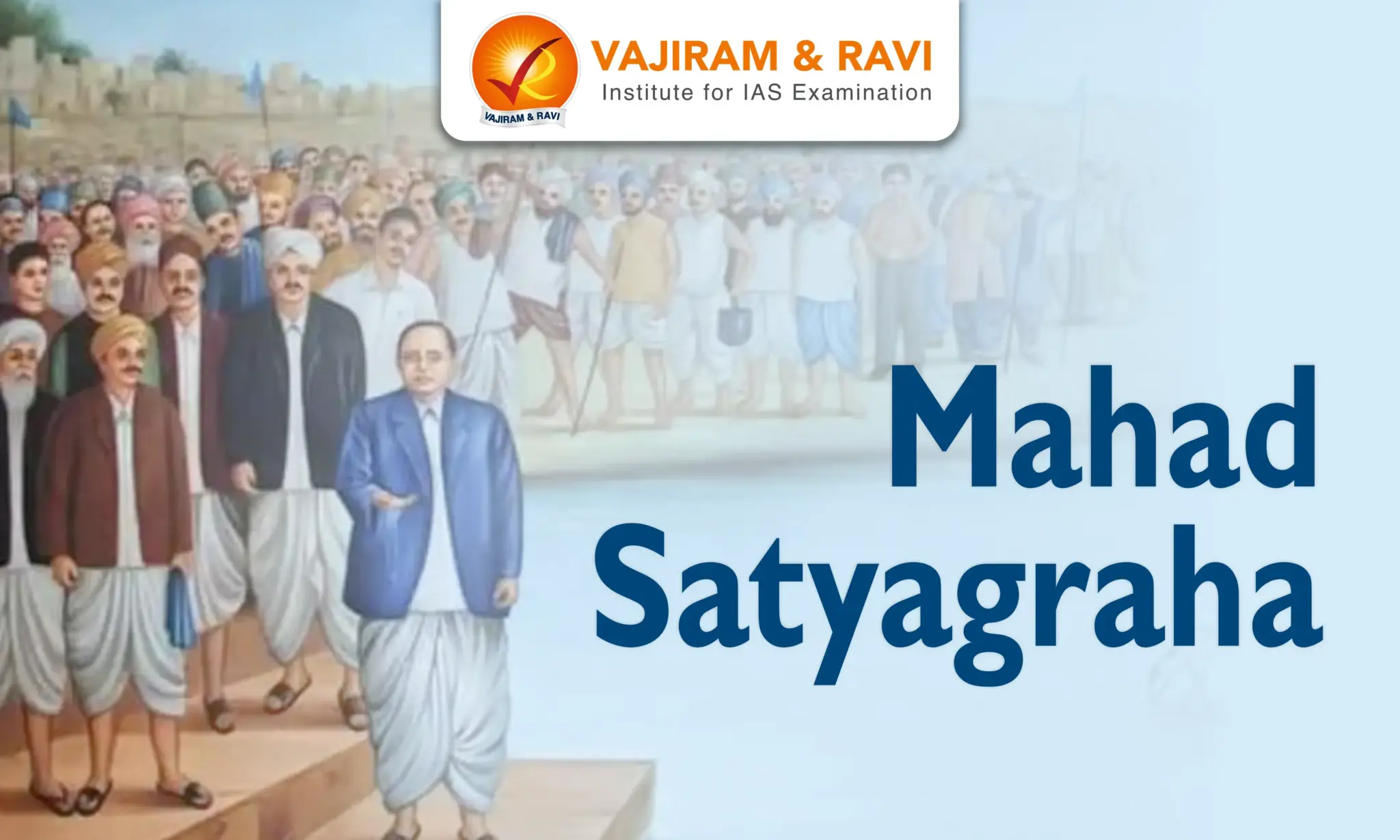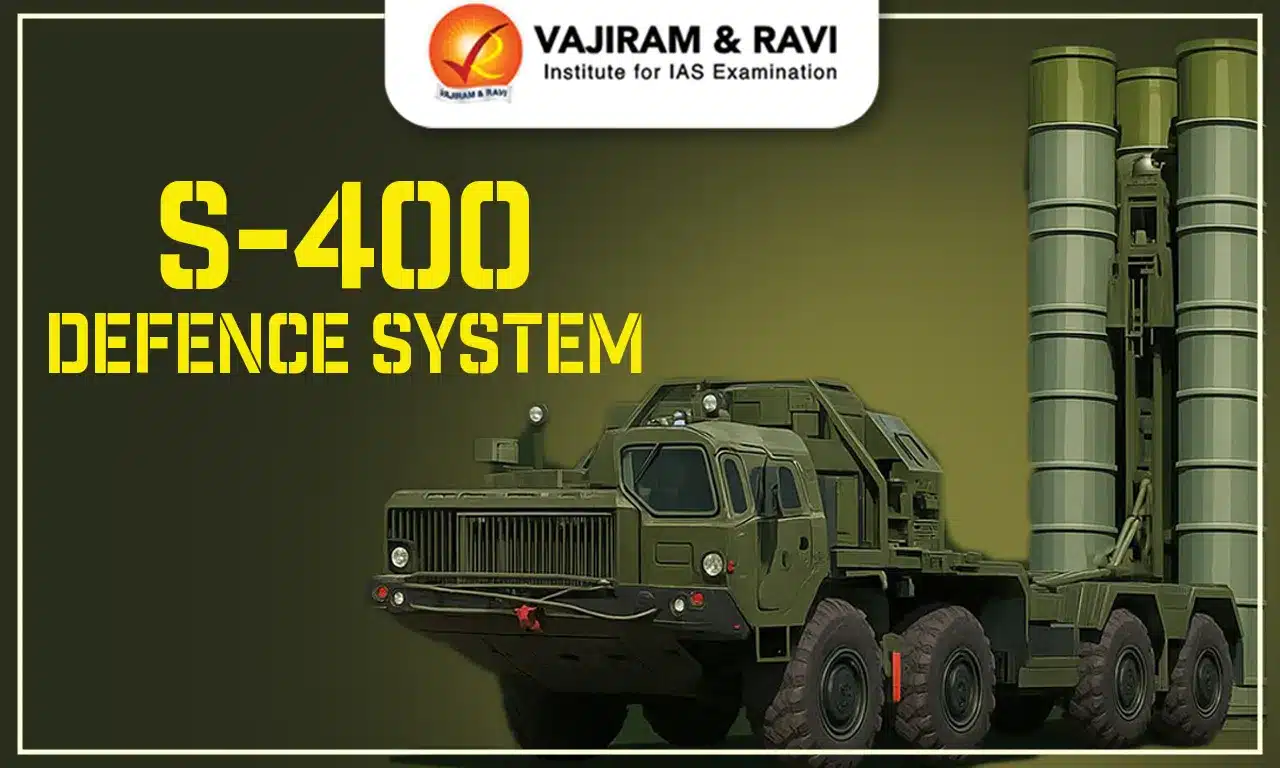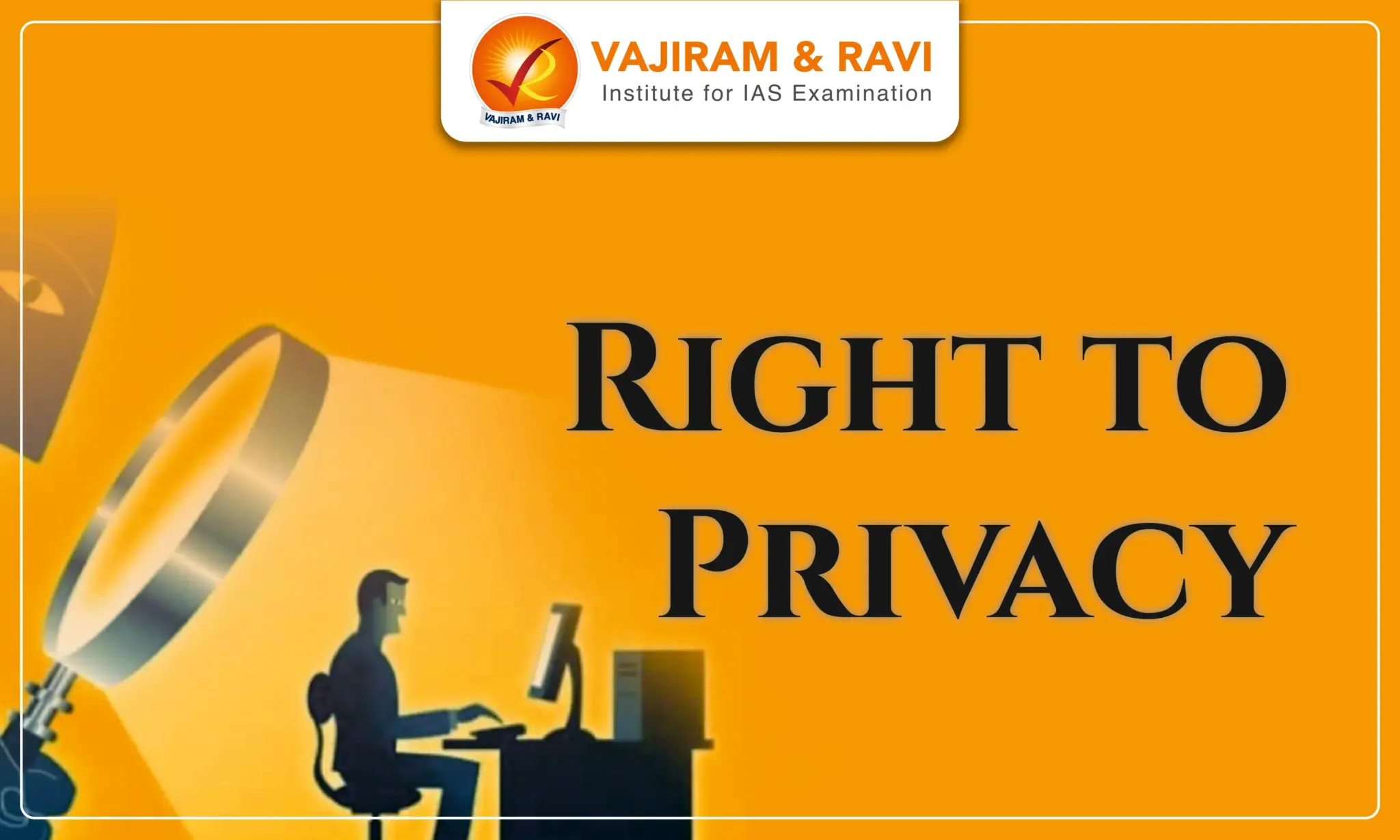Gravitational waves are distortions in spacetime caused by energetic events involving dense objects with strong gravitational fields. They were first predicted by Albert Einstein's theory of general relativity. They are weak and interact minimally with matter, allowing them to penetrate cosmic distances undistorted and leaving pristine signatures on source dynamics and local spacetime structure. Detection involves measuring differential displacements using laser interferometers.
The detection of gravitational waves in 2015 by the Laser Interferometer Gravitational-Wave Observatory (LIGO) opened up a new window to observe the universe. These waves carry valuable information about cataclysmic events such as black hole mergers and neutron star collisions, offering a fresh perspective on the cosmos.

Sources and Types of Gravitational Waves
Gravitational waves are produced when massive astronomical objects like binary neutron stars or black holes accelerate rapidly and distort spacetime. There are four main categories of gravitational wave sources:
- Compact Binary Inspiral Gravitational Waves: These waves are generated when large objects such as black holes and neutron stars orbit around each other.
- There are three subclasses of compact binary systems.
- Binary Neutron Star (BNS) - two neutron stars orbiting each other.
- Binary Black Hole (BBH) - two black holes orbiting each other.
- Neutron Star-Black Hole Binary (NSBH) - a neutron star and a black hole orbiting each other.
- Each binary pair creates a unique pattern of waves, influenced by their masses, orbit orientation, and distance from Earth. The wave-generation mechanism is called "inspiral."
- Their spiralling shrinking orbits caused by energy loss through emitted waves generate a rising wave pitch and intensity as the merger point nears.
- There are three subclasses of compact binary systems.

- Continuous Gravitational Waves: Continuous gravitational waves are produced by a single spinning massive object like a neutron star.
- If the star's spin rate remains constant, the waves emit the same frequency and amplitude, resembling a singer holding a single note.

- Stochastic Gravitational Waves: These waves are a background of gravitational waves that arise from a combination of many unresolved sources.
- However, many small gravitational waves from all over the Universe pass by at random, creating a "Stochastic Signal" that is difficult to detect.
- Part of this stochastic signal may originate from the Big Bang, allowing us to see further back into the history of the Universe than ever before.
- Burst Gravitational Waves: These waves are produced by sudden and violent events like Supernovae or the collision of two massive objects.
- Detecting these waves has the potential to reveal revolutionary information about the Universe.
- The search for burst gravitational waves is challenging due to the lack of detection and the vast unknowns in the universe.
Detecting Gravitational Waves
The first-ever detection of gravitational waves was done in 2015 by LIGO, which collaborated with many physicists worldwide. It was generated by the two colliding black holes, 1.3 billion light-years away. Gravitational waves can be detected directly or indirectly using various approaches.
- Ground-based detectors: These are gravitational wave observatories located on the Earth's surface.
- This is the most commonly used technique and involves the use of laser interferometers, such as those employed at LIGO(US), Ligo-India, Kagra (Japan) and Virgo (Italy).
- Interferometers measure the tiny changes in the length of the arms caused by passing gravitational waves.

- Space detectors: This approach involves the use of detectors situated in space, such as the planned Laser Interferometer Space Antenna (LISA).
- LISA will consist of multiple spacecraft flying in a triangular formation, with lasers measuring changes in the distance between the spacecraft caused by passing gravitational waves.
- LISA will target the 0.1 mHz – 1 Hz band revealing the Universe’s massive black hole mergers.
- The success of the LISA Pathfinder Mission paved the way for the LISA mission, demonstrating the key approaches and technologies for such a large observatory in space.
- Other than LISA, DECIGO (Japan), TianQin and Taiji (China) is also the future project for the space-borne detection of Gravitational Waves.

- Pulsar timing: It is an indirect method of GW detection. Pulsars are highly magnetised neutron stars.
- Pulsar timing arrays utilise precise measurements of the arrival times (Shapiro-delay) of radio pulses from an array of pulsars, especially millisecond pulsars, distributed in space.
- Gravitational waves passing through the Earth from such distant sources (pulsars) cause a characteristic pattern of changes in the arrival times of these pulses.
- Examples: The Indian Pulsar Timing Array Experiment (InPTA) as a member of the International Pulsar Timing collaboration, is a pulsar timing experiment searching for low-frequency nanoHz Gravitational Waves in operation since 2016.

- Resonant detectors: These detectors use massive, resonant objects (such as large metal bars) that vibrate in response to passing gravitational waves.
- The vibrations are then measured to infer the presence of gravitational waves.
- Examples of such detectors include the Weber bar and the more modern cryogenic resonant-mass detectors.
- Modern-day detectors such as ALLEGRO and EXPLORER are now kept at 4K to lower noise from thermal vibrations.
Significance of Gravitational Wave Astronomy
Unlike electromagnetic (EM) radiation astronomy, Gravitational wave astronomy is a relatively new and rapidly evolving field that has already made significant contributions to our understanding of the universe. Major motivations driving gravitational wave astronomy include:
- Weakly interacted: Gravitational waves interact very weakly with matter, unlike EM waves that are absorbed, refracted, reflected, or even bent by gravity itself.
- GW travels virtually unimpeded, carrying undistorted information about their origins.
- Study of Black Holes and Neutron Stars: As they are produced by some cataclysmic events such as neutron stars, black holes, and their mergers, they are extremely important to studying the universe.
- This allows scientists to study these extreme cosmic phenomena in a new way.
- Early Universe: Gravitational waves have the potential to provide information about the very early universe, including the moments immediately following the Big Bang.
- By observing primordial gravitational waves, scientists hope to gain insights into the conditions of the universe during its infancy.
- Confirmation of Einstein's Theory: The direct detection of gravitational waves in 2015 by the LIGO marked the confirmation of a key prediction of Albert Einstein's general theory of relativity, made 100 years ago.
- Fundamental physics: Gravitational wave observations can serve as tests for various aspects of fundamental physics, including the behaviour of gravity in extreme conditions and the properties of spacetime itself.
- Such tests can help refine our understanding of the laws that govern the universe.
- Multi-messenger astronomy: Gravitational wave events can be accompanied by other forms of electromagnetic radiation, such as light and radio waves.
- Coordinated observations across different wavelengths can provide a more comprehensive understanding of cosmic events, such as the collision of neutron stars.
Last updated on December, 2025
→ Check out the latest UPSC Syllabus 2026 here.
→ Join Vajiram & Ravi’s Interview Guidance Programme for expert help to crack your final UPSC stage.
→ UPSC Mains Result 2025 is now out.
→ UPSC Notification 2026 is scheduled to be released on January 14, 2026.
→ UPSC Calendar 2026 is released on 15th May, 2025.
→ The UPSC Vacancy 2025 were released 1129, out of which 979 were for UPSC CSE and remaining 150 are for UPSC IFoS.
→ UPSC Prelims 2026 will be conducted on 24th May, 2026 & UPSC Mains 2026 will be conducted on 21st August 2026.
→ The UPSC Selection Process is of 3 stages-Prelims, Mains and Interview.
→ UPSC Result 2024 is released with latest UPSC Marksheet 2024. Check Now!
→ UPSC Prelims Result 2025 is out now for the CSE held on 25 May 2025.
→ UPSC Toppers List 2024 is released now. Shakti Dubey is UPSC AIR 1 2024 Topper.
→ UPSC Prelims Question Paper 2025 and Unofficial Prelims Answer Key 2025 are available now.
→ UPSC Mains Question Paper 2025 is out for Essay, GS 1, 2, 3 & GS 4.
→ UPSC Mains Indian Language Question Paper 2025 is now out.
→ UPSC Mains Optional Question Paper 2025 is now out.
→ Also check Best IAS Coaching in Delhi
Gravitational Waves FAQs
Q1. What are gravitational waves?+
Q2. What causes gravitational waves?+
Q3. How do scientists detect gravitational waves?+
Q4. What can we learn by studying gravitational waves?+
Tags: gravitational waves quest

















